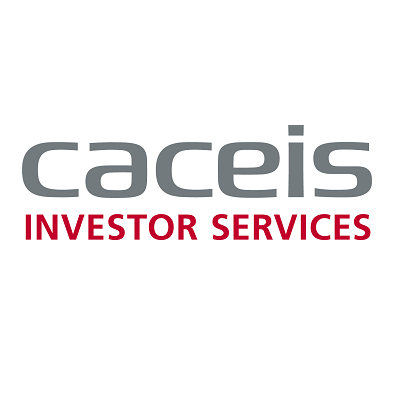Exchange Traded Funds (ETFs) have been part of the European market since 2000, experiencing immense success over the years. Traditionally, ETFs are associated with passive investment strategies that track indices. While this remains true for the majority of ETFs, a growing shift towards actively managed ETFs has emerged in recent years.
 Although actively managed ETFs first came onto the scene in 2008, they remained a niche product for a long time. “However, since 2019, we’ve seen a noticeable increase in demand, which started in the US and is now expanding into Europe” says Paddy Walsh, Head of Commercial - Ireland.
Although actively managed ETFs first came onto the scene in 2008, they remained a niche product for a long time. “However, since 2019, we’ve seen a noticeable increase in demand, which started in the US and is now expanding into Europe” says Paddy Walsh, Head of Commercial - Ireland.
To grasp the significance of this shift, let's examine some key data. Actively managed ETFs still represent only a small portion of the total ETF market in Europe, accounting for just over 2%. However, the size of the market now exceeds €40 billion, and is showing steady growth. According to Morningstar, European active ETFs received €5 billion in net inflows in 2022, €6 billion in 2023, and in just the first half of 2024, they had already reached €5.6 billion. This acceleration highlights the opportunities in the sector for fund issuers.
BlackRock, a dominant player in passive ETFs, has also recognised the potential of actively managed ETFs. In their report titled “Decoding Active ETFs: How the Growth of Active ETFs is Unlocking Innovation and Opportunity for Investors”, they forecast that actively managed ETFs could represent €4 trillion globally by 2030 — a fourfold increase in just six years. Their analysis also reveals that 41% of all new ETFs launched in the first half of 2024 were actively managed, predominantly driven by the US market. This trend reflects a broader industry shift and greater acceptance of the actively managed ETF strategy.
“Several factors are contributing to the growing success, especially in Europe. First, ETFs offer liquidity, allowing investors to trade them throughout the day while markets are open, whereas traditional mutual fund investors must wait for end-of-day net asset value (NAV) calculations. This flexibility, combined with transparency obligations, such as daily publication of holdings, appeals to investors” adds Paddy.
Interestingly, some fund promoters might view the transparency obligations as a drawback, preferring to keep their investment strategies confidential. However, in the US, where ETFs can be either fully transparent or semi-transparent, most capital inflows go to the fully transparent structures. This suggests that transparency, which might at first seem like a drawback for the promoter, is actually an important selling point in the eyes of investors. Of course, everything depends on the fund's specific strategy and its concentration of holdings, which can affect which ETF structure is suitable.
Regulators appear to be aware of the growth potential in actively managed ETFs and are exploring ways to adapt. For instance, the Central Bank of Ireland (CBI) has hinted that it may review the transparency rule in the coming months, though no decision has yet been made. Meanwhile, in France, the French Autorité des Marchés Financiers (AMF) introduced guidelines in June 2024 that permit reduced or delayed holdings disclosures for actively managed ETFs. In Luxembourg, active ETFs also benefit from the subscription tax exemption, similar to passive ETFs.
These regulatory adjustments demonstrate that the financial authorities recognise the growth potential of active ETFs and their willingness to lower the barriers to further growth.
Several prominent asset managers, such as JP Morgan Asset Management, PIMCO, and Fidelity, have been offering actively managed ETFs for some time. More recently, European asset managers like Investlinx, Axa IM, Robeco, and Fair Oaks have entered the market with their own actively managed ETF products. The inflows seen in recent months will no doubt attract many other players from both Europe and the US to this pioneering actively managed ETF space.
“At CACEIS, we administer over €100 billion in ETF assets on behalf of our clients. We put our expertise, tools and network at our clients' disposal to help them implement both active and passive ETFs. CACEIS is ready to support you at every stage of your launch process and throughout the fund's lifecycle,” concludes Paddy.


